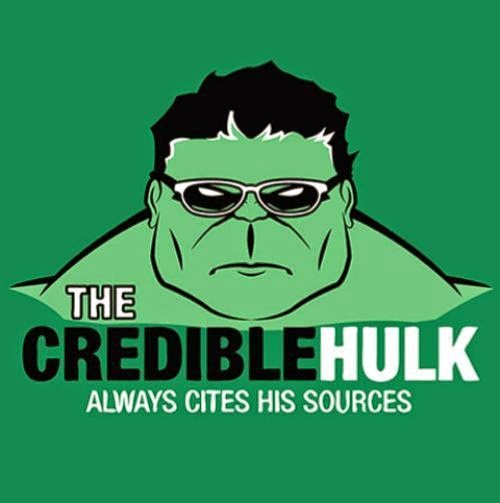What is MLA?
Modern Language Association, or MLA, format is a style of crediting sources you use to write a paper. This style is typically used for research papers for English Composition and other communication classes. Whenever you do research or write a paper you must give credit to all the sources from which you have borrowed ideas, facts, opinions, or quotations.
Every time you quote or paraphrase someone else’s work, you must acknowledge:
- Who wrote the work
- What is it called
- And where can we find a copy.
You provide this information in two places:
- In the paragraph where you are quoting or paraphrasing. This is called a Parenthetical Citation because you will put brief information about the work in parentheses.
- In the Works Cited page at the end of the paper. This is where you put all of the information we need to find a copy of the works you used in your paper.
Helpful Tips
DO:
- Keep track of your sources as you move through the research process.
- Use NoodleTools to create citations and SAVE YOUR WORK.
- Use the citation tools embedded in the databases. The citation is already created for you...all you have to do is copy and paste it into your Works Cited page.
- Use MLA consistently. You must have a citation for EVERY source you used.
- Consult an MLA Handbook or reliable website if you are unsure how to create a citation.
DON'T
- Use a URL (web address) as a citation. URLs are NOT citations - they change frequently.
- Use fancy formatting for your Work Cited page. There are formatting rules for Works Cited pages that need to be followed.
- Cite sources you didn't actually use.

Formatting Your Works Cited Page
Works Cited Page
This is a separate page at the end of your paper. Each citation in the text must be listed on the Works Cited page; each listing on the Works Cited page must appear in the text.
From the MLA Handbook, Chapter 1.6: Placement of the List of Works Cited
- Center the heading, Works Cited, an inch from the top of the page
- Double-space between the heading and the first entry.
- List the citations alphabetically by author. If no author is listed, start with the title of the article, book or web resource
- All text is double-spaced, just like the rest of the paper.
- Indent the second and subsequent lines of citations by 0.5 inch to create a hanging indent.
- To do this, highlight the citation and type CTRL-T
OR
-
Go to the Paragraph ribbon in Word. Click the arrow in the bottom right hand corner. This opens a box: under “special”, click on “hanging”.


EXAMPLE:

Using the Google Template for MLA Citations
If you are more comfortable working with Google Docs than with Microsoft Word, you can use the Google Template for MLA Citations. The template is already properly formatted, so all you have to do is go to the Works Cited page (last page) and plug in your own citations (in alphabetical order, of course). You can use the template to type your report/paper, as well.
NoodleTools
-
NoodleTools (rome) This link opens in a new window
 Grades: 5-12
Grades: 5-12
A complete online research system that allows students to take notes, archive source materials, outline topics, and build citations.
Login w/ Google Account
Avoid Plagiarism

If you don't cite your sources properly, you are plagiarizing and that's bad news; not to mention a violation of expectations outlined in your Student Handbook:
| "Students are reminded that RFA subscribes to the highest standards of academic integrity. Plagiarism or any other form of cheating will result in academic sanctions and disciplinary consequences. All research must be properly annotated and the use of other students’ work is strictly prohibited unless specifically directed by a teacher." |
Some examples of plagiarism include:
- Buying a paper online.
- Passing someone else's paper off as your own.
- Copying all or part of any previous work without proper acknowledgement (citations).
- Using images (photos, graphs, figures) in presentations, reports, or posters without asking permission and/or properly crediting the creator.
These two brief videos (from Bainbridge College and Caity Selleck) review plagiarism, quoting sources, paraphrasing, and citing. They can also help you determine what exactly constitutes PLAGIARISM. You might be surprised.